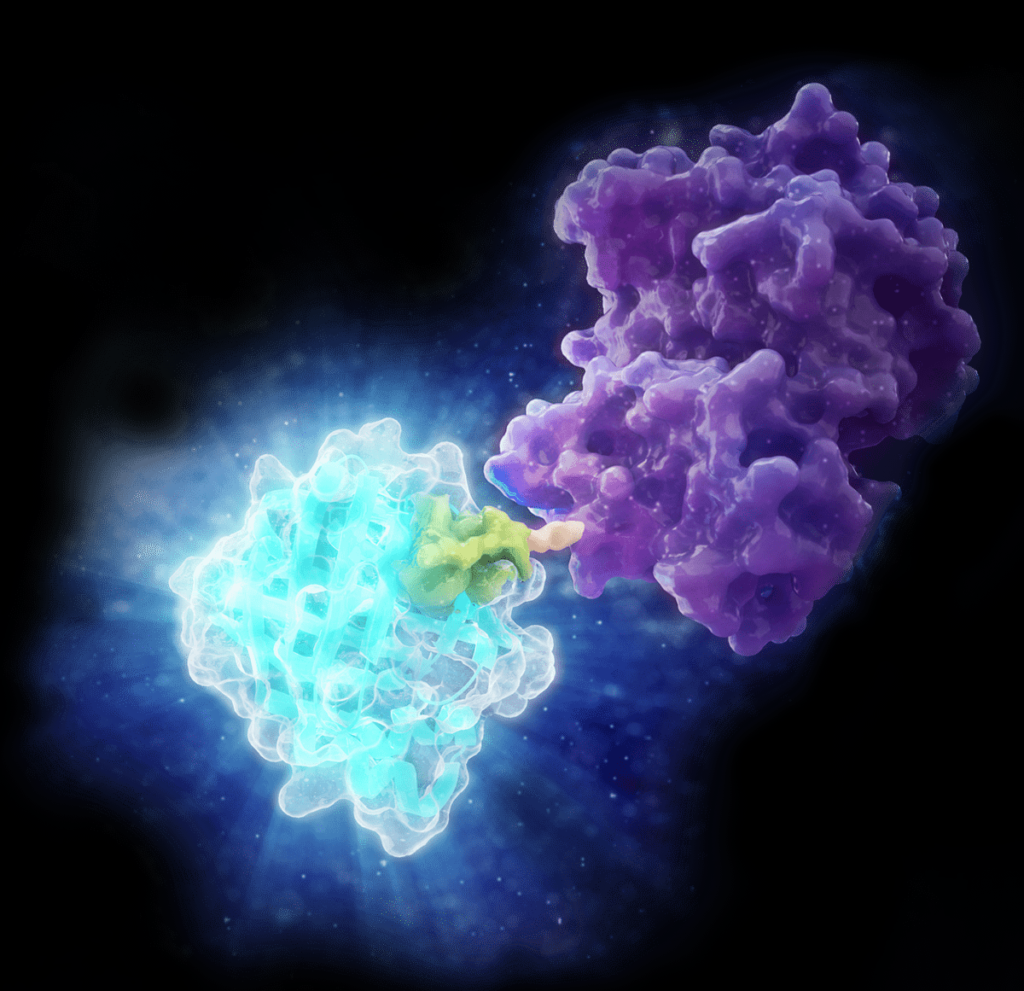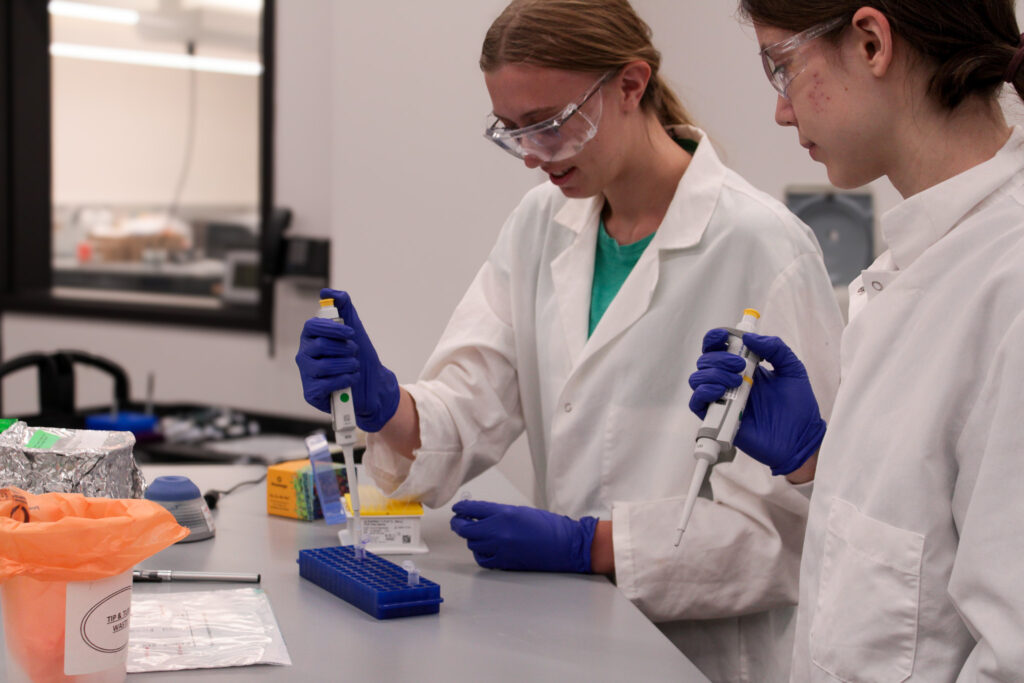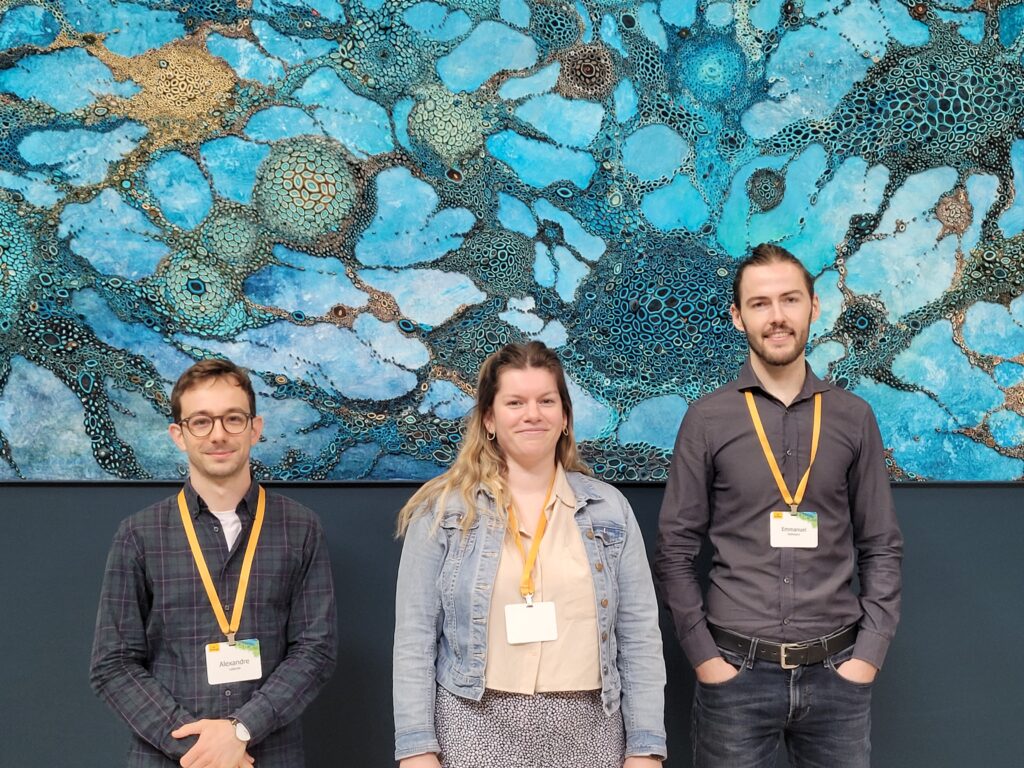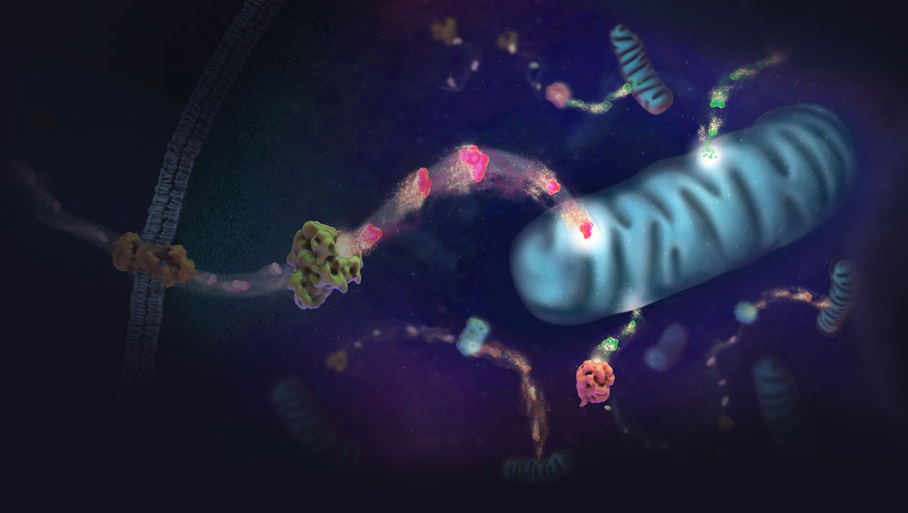
Age-related macular degeneration (AMD) is a common eye disease that can result in progressive loss of vision. While AMD typically affects older adults, a specific rare type of AMD called Malattia Leventinese/Doyne honeycomb retinal dystrophy (ML/DHRD) can appear as early as the teenage years. Although ML/DHRD is rare, its study may provide insights into broader mechanisms of retinal degeneration, which could benefit millions affected by AMD.
While the genetic cause of ML/DHRD is known, there have been no small molecule inhibitors identified that reduce the production of the disease-causing protein. However, researchers from the University of Texas Southwestern Medical Center and the University of Minnesota recently published a paper that describes a small-molecule inhibitor that addresses the primary pathology of ML/DHRD. In the paper, titled “GSK3 inhibition reduces ECM production and prevents age-related macular degeneration-like pathology,” the team used CRISPR-engineered cell lines to study production of the disease-causing protein in response to treatment with inhibitors. The work was supported by the Promega Academic Access Program, which helped defray the costs of needed reagents. Their results point to future strategies for developing therapeutics at the currently incurable disease.
Continue reading “Academic Access to Cutting-Edge Tools Fuels Macular Degeneration Discovery”








